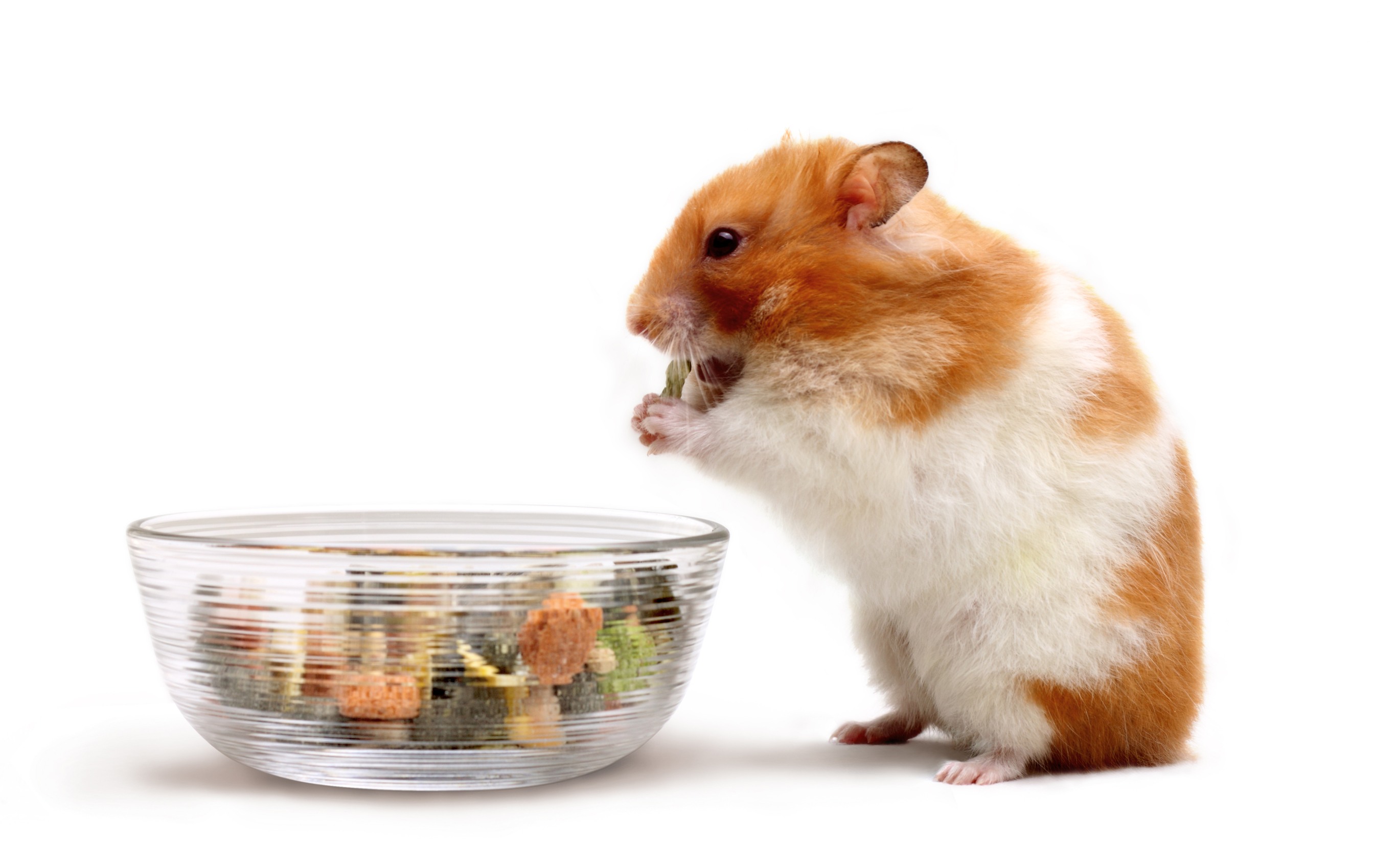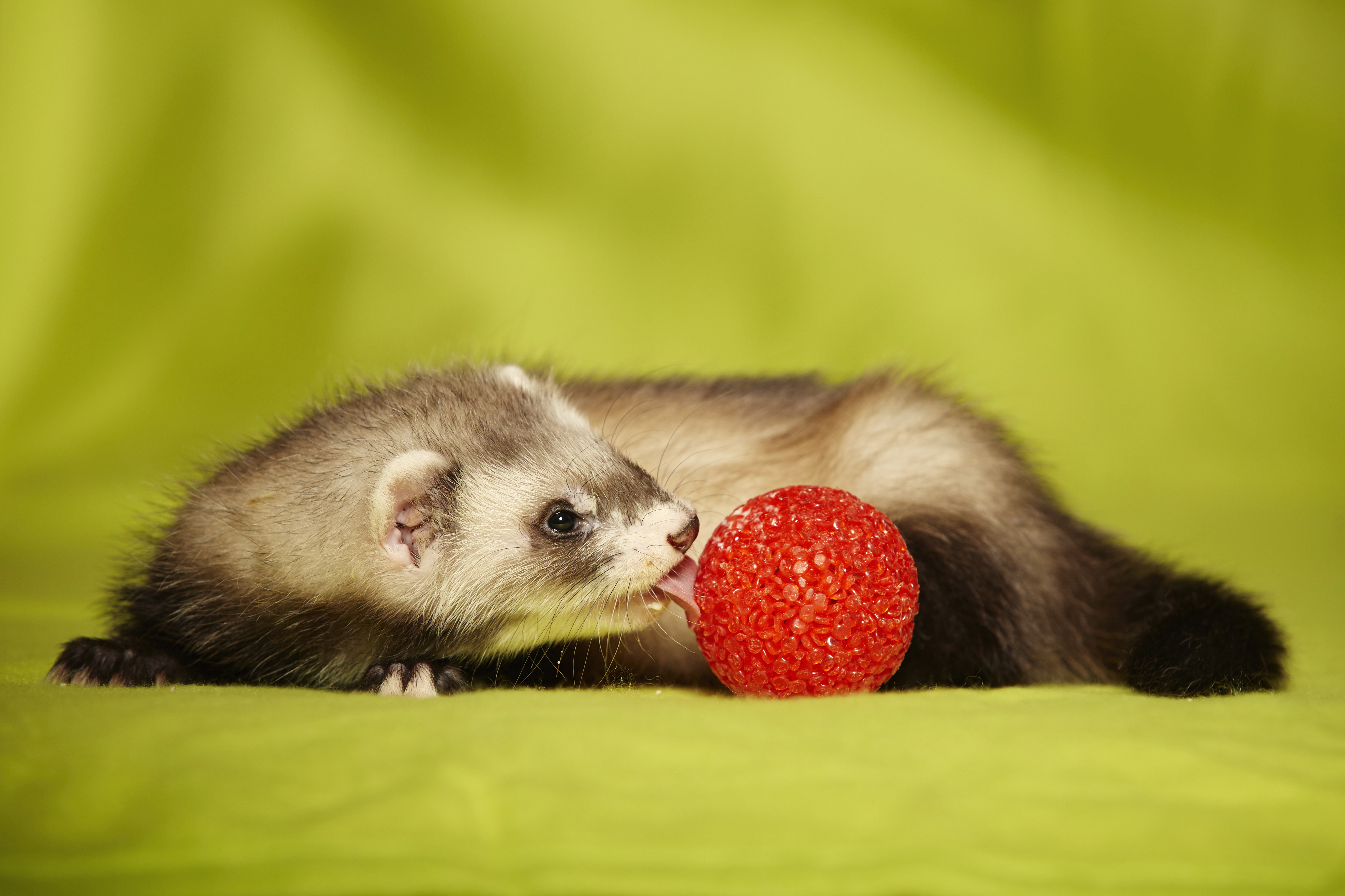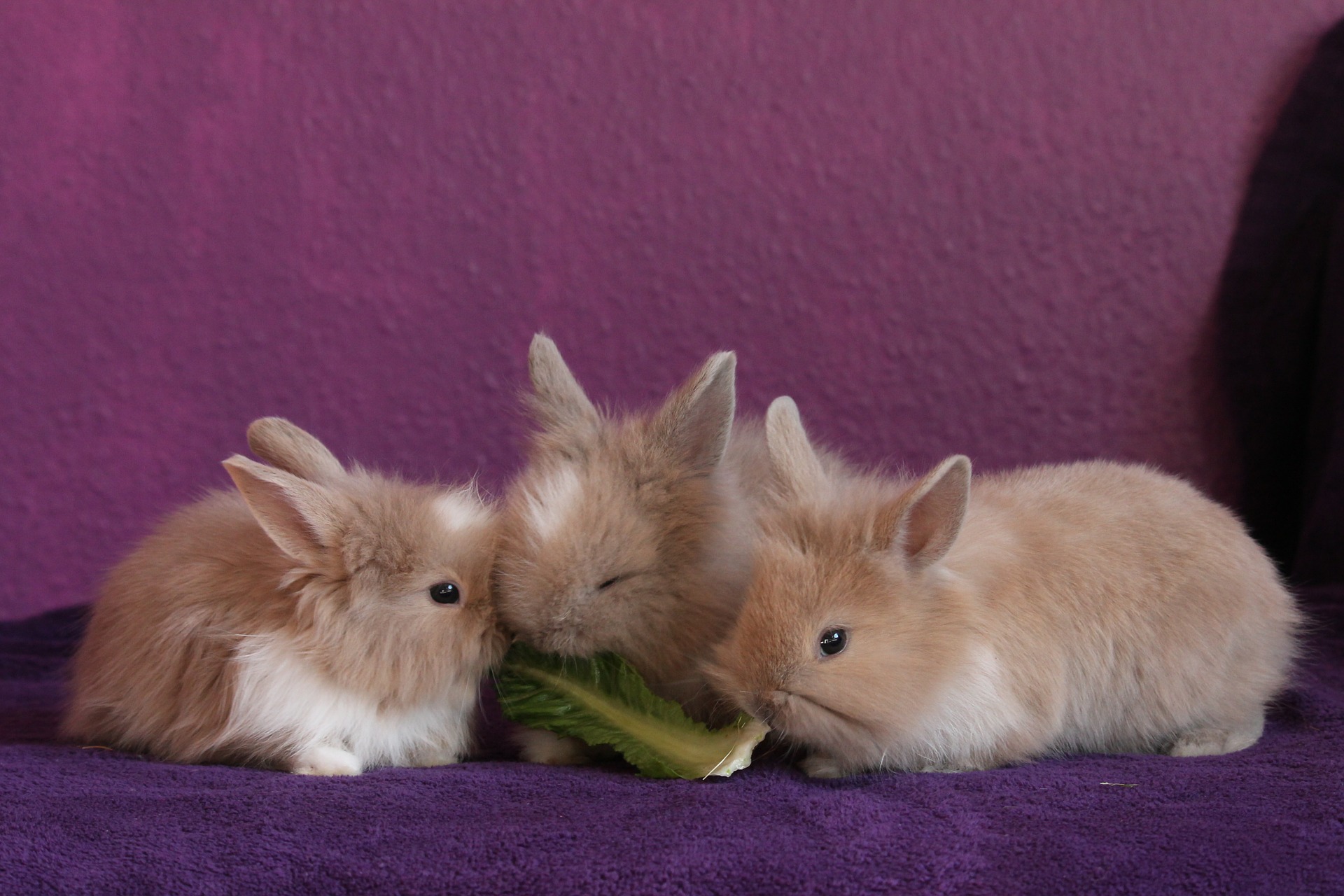Welcome to Treat Street
Erik J. Martin //September 5, 2017//
The Golden Rule is to treat others as you would wish to be treated. But the golden rule of small animal ownership is to treat your pets to treats more often. Or, at least it should be, because let’s face it: life is short, and even if you don’t believe in eating dessert first, serving up a tasty snack to your favorite furball once in a while can be lots of fun.
And that’s the message you need to convey to customers: treats are absolutely a worthy investment because they reward rodent companions, promote bonding, and spread joy inside and outside the cage.
“Offering treats to these little guys is an integral element that strengthens the human-pet bond,” said Melanie Allen with the Hagen Group in Mansfield, Massachusetts, the world’s largest privately owned, multi-national pet goods maker and distributor. “And, much like any pet, small animals like hamsters, guinea pigs, rabbits and mice love treats.”
Phoebe Stanley, associate marketing manager for specialty pets with Bowling Green, Ohio-based Vitakraft Sun Seed, Inc.—which launched back in Germany 180 years ago as a small, family-owned business—says consumers are motivated and energized to buy pet snack goodies for the mutual pleasure they bring.
“As pets are being seen more as members of the family, people are buying treat products to pamper their companions just as they would buy a toy or dessert for a child,” Stanley said.
Goodies without Guilt
Today, many owners are choosing pet edibles that often model their own food choices, which tend to trend toward better-for-you ingredients. Snacks are no exception.
“Many consumers are health conscious and passionate about wholesome and nourishing nutrition for their pets. As a result, we’re seeing a continued focus on healthy, natural ingredients in treats—less added sugars and more natural vegetables, herbs and fruits,” said Lucas Stock, communications manager for Murdock, Nebraska-headquartered Oxbow Animal Health, whose products are distributed in 30 countries worldwide.
Stock notes that these preferences have helped boost sales of his company’s Organic Barley Biscuits, made with organic hay, fruits and veggies, and Oxbow’s Simple Rewards line of yummies that includes Timothy Treats and freeze-dried bananas or strawberries.
Healthier snack habits have also prompted Sunseed to roll out its new All Natural Timothy Cubes, comprised of 100 percent timothy grass hay, loaded with digestion-friendly fiber but minus any sugar.
Flavors and Shapes
But many treats call for a touch of sweet. One of the most popular snacks at The Pet Pad in Cary, North Carolina, is Kaytee’s Healthy Bits for guinea pigs and rabbits, complete with nuts, fruit, seeds and a dab of honey.
“Our store goes back to the 1980s, when small animal treats were mostly honey sticks,” said Brad Ringlien, owner of The Pet Pad. “Today, however, many treats are now small morsels or chunks rather than food on a stick.”
Consider popular treat shapes today: in addition to the aforementioned cubes, compact ball snacks are still in vogue, as evidenced by the success of Hagen’s Living World line of yogurt, honey or berry-flavored Drops; Exotic Nutrition offers Sugar Beet Treats in the form of rounded red rectangles; and Supreme Petfoods boasts a Selective Naturals line of “Loops,” which resemble flat Cheerios.
“Another change from years ago is that treats are now designed for specific animals, like Vitakraft’s Wildberry Drops and Carrot Slims, both for rabbits and two of our biggest sellers,” Ringlien said.
Although shoppers should be advised to serve treats sparingly and in moderation, treats can be recommended for many diff erent snacking occasions.
“You can pose treat buying to consumers from a situational perspective—like a holiday or birthday treat. But there are plenty of other situations when a treat can be suggested as a great idea for a small pet. For instance, treats can be promoted as something special that a pet sitter can give while you’re away on vacation, especially treats that will keep the pet occupied and entertained for a longer time,” said Stanley, citing Vitakraft’s Triple Baked Crunch Sticks or Sunseed’s Grainola Treat Bars as prime examples.
Another way to turn treat-giving into a special event is to make pets work for them through play.
“Try placing treats in foraging devices—either a manufactured foraging toy or one re-purposed from household items deemed safe like a cardboard box,” Allen said.
Sales Secrets
A great way to make treats ring more at the register is to use them in your live animal display cages and demonstrate to owners how and when they can be given. But even if you don’t sell livestock, you can turn to reliable treat-moving tactics.
“Small animal owners are always on the lookout for new items as well as products they regularly get that are on sale. So we try to devote an end cap each month to treats on sale. Plus, we train our staff to look for customers who buy staples like daily diets or hay and then suggest a treat that’s on sale,” says Ringlien, who recommends checking your inventory regularly and replacing any low-selling as well as out-of-date edibles.
“Ideally, treat displays should be placed in the drive aisle or in end caps, as they are a great way to create impulse purchases. Don’t hide treats within your set—ensure that customers can easily see them,” said Angie Schmitt, senior brand manager for Kaytee Products in Chilton, Wisconsin, which started as a grain and feed business back in 1866.
Remember, too, that treats will not be the main driver of a visit to your store.
“Knowing this, make sure that treats are placed prominently in proximity to essentials such as food and hay,” Stock said. “Clip strips in the aisle are always a great way to visibly merchandise tasty offerings. And focusing on high-quality treat options with fun yet wholesome ingredients is a recipe for long-term success in this category, as winning over health-minded consumers can be a challenge.”
Finally, emphasize a more educated consumer by building their trust and offering advice on food products.
“Remind your shoppers that healthy treats should comprise a small portion of the overall pet’s diet and not be the main diet source,” Allen said.



















